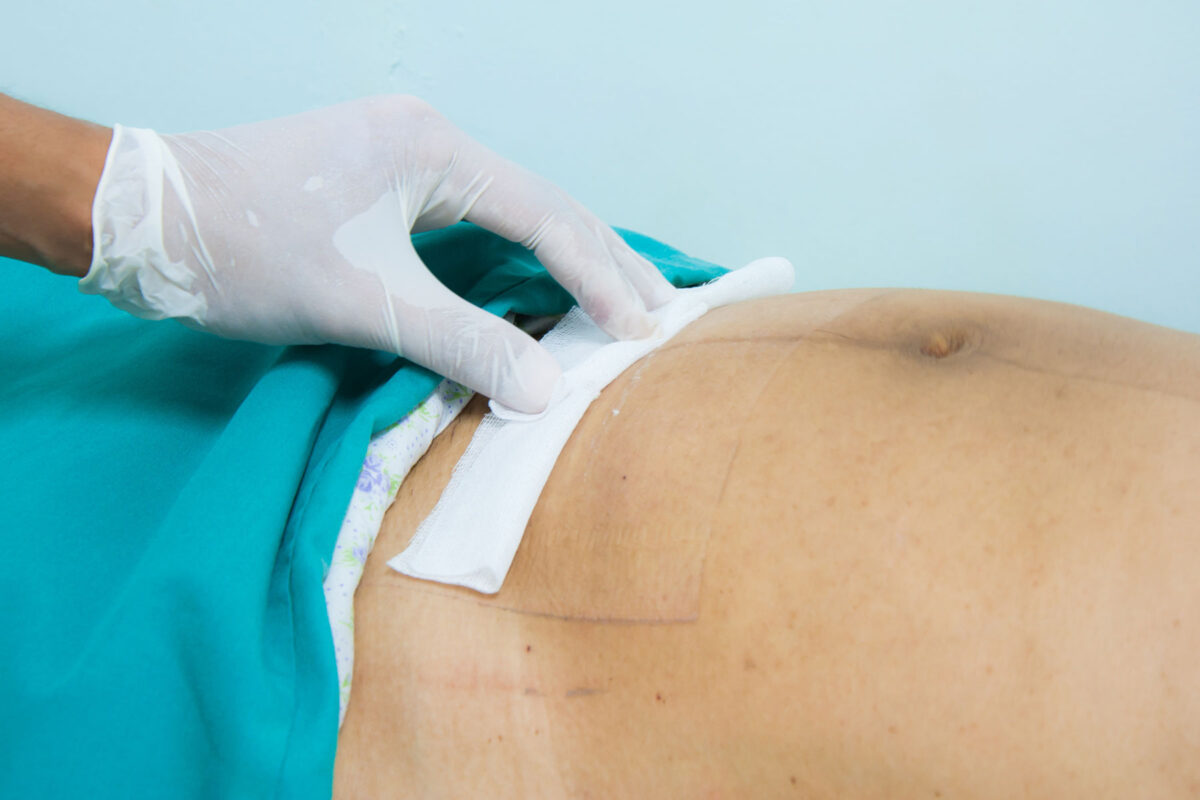



Ventral Hernia Repair
Understanding Ventral Hernias:
Ventral hernias occur when abdominal tissues or organs push through a weakened area in the abdominal wall. Common causes include previous surgical incisions, trauma, or conditions that increase intra-abdominal pressure. These hernias can present as bulging or swelling, often accompanied by pain or discomfort, and may necessitate surgical intervention to prevent complications.
The Objectives of Ventral Hernia Repair:
The primary goals of ventral hernia repair are to alleviate symptoms, prevent complications, and restore the structural integrity of the abdominal wall. Without surgical intervention, ventral hernias may enlarge over time, increasing the risk of bowel obstruction, strangulation, or further discomfort. Repairing the hernia typically involves reinforcing the weakened abdominal wall with the use of synthetic mesh or other materials to provide additional support.
Surgical Approaches to Ventral Hernia Repair:
Ventral hernia repair can be performed through various surgical approaches, each tailored to the specific needs of the patient. Open repair involves creating an incision directly over the hernia site, allowing for direct access and repair. Laparoscopic repair, a minimally invasive technique, involves small incisions and the use of a camera for enhanced precision. The choice of approach depends on factors such as the size and location of the hernia, the patient’s overall health, and the surgeon’s expertise.
Benefits and Considerations:
Ventral hernia repair offers several benefits, including the alleviation of symptoms, prevention of complications, and improved abdominal strength. Surgical intervention can enhance the patient’s overall quality of life by restoring the normal function of the abdominal wall. While the procedure is generally safe, potential risks and considerations, such as infection or recurrence, should be discussed thoroughly with healthcare providers before opting for ventral hernia repair.
Recovery and Postoperative Care:
Recovery from ventral hernia repair varies based on the surgical approach and individual healing rates. Patients may experience some discomfort and swelling initially, but this typically subsides with time. Physical activity restrictions may be advised during the early stages of recovery, and patients are encouraged to follow postoperative care instructions provided by their healthcare team. Regular follow-up appointments are essential to monitor progress, address any concerns, and ensure proper healing.
Ventral hernia repair stands as a pivotal solution for individuals grappling with the challenges posed by abdominal hernias. Whether opting for open repair or the less invasive laparoscopic approach, the goal is to restore abdominal integrity, alleviate symptoms, and prevent complications. As with any medical intervention, a thorough consultation with healthcare providers is essential to understand the benefits, risks, and personalized aspects of the chosen surgical approach, ensuring a smoother recovery and improved abdominal health post-ventral hernia repair.
Schedule Your Appointment Now

